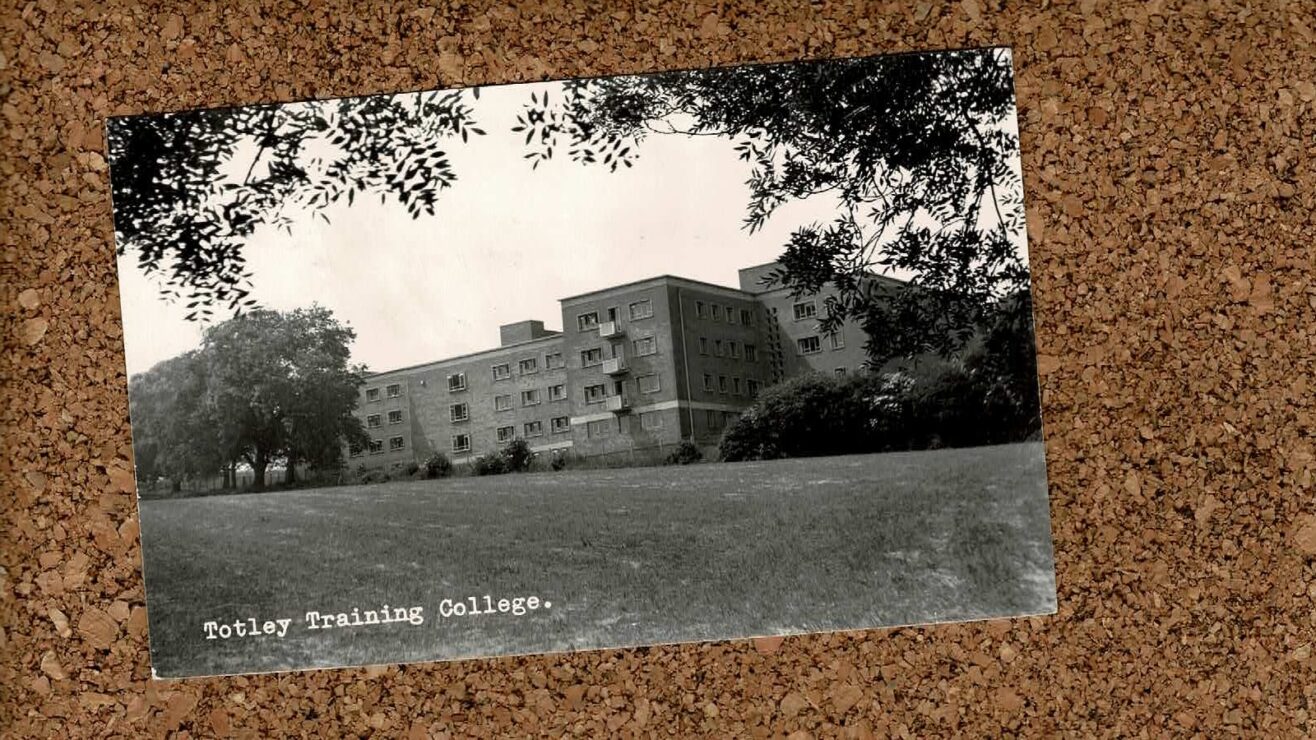New Guardian League Table for 2012
Top 20 of the full list (available here) is as follows (last year’s position in brackets):
1 (2) Cambridge
2 (1) Oxford
3 (4) St Andrews
4 (8) London School of Economics
5 (5) UCL
6 (3) Warwick
7 (6) Lancaster
8 (17) Durham
9 (9) Loughborough
10 (7) Imperial
11 (15) Sussex
11 (14) Exeter
13 (11) SOAS
14 (13) Bath
15 (9) York
16 (15) Edinburgh
17 (12) Leicester
18 (19) UEA
19 (21) Nottingham
19 (20) Surrey
The summary of the outcomes from the Guardian offers a few pointers to bigger changes within the overall table, particularly in the middle and bottom, but there really isn’t much movement at all inside the top 20 this year. Apart of course from the big news about the Oxbridge swap at the top, the only departure from the top 20 is Southampton with Nottingham slipping in at 19 to replace it. UEA remains following a dramatic climb last year, Lancaster is still in the top 10 and Durham rises to 8th place.
Other than that, as you were.
Criteria used
The Guardian is heavily focused on teaching-related indicators and in particular NSS outcomes. The full set of indicators they use are:
• Teaching quality, as rated by final-year students in the national student survey (NSS): percentage of students satisfied.
• Feedback and assessment, as rated by final-year students in the NSS: percentage of students satisfied.
• NSS results when final-year students were asked about the overall quality of their course.
• Spending per student – given as a banded score out of 10.
• Staff-student ratio: number of students per member of teaching staff.
• Career prospects: proportion of graduates who find graduate-level employment, or study full-time, within six months of graduation.
• Value added: comparing students’ individual degree results with their entry qualifications – given as a banded score out of 10. This helps to show the effectiveness of teaching at an institution – the extent to which a department helps students to exceed expectation.
• Entry qualifications (Ucas tariff score).











